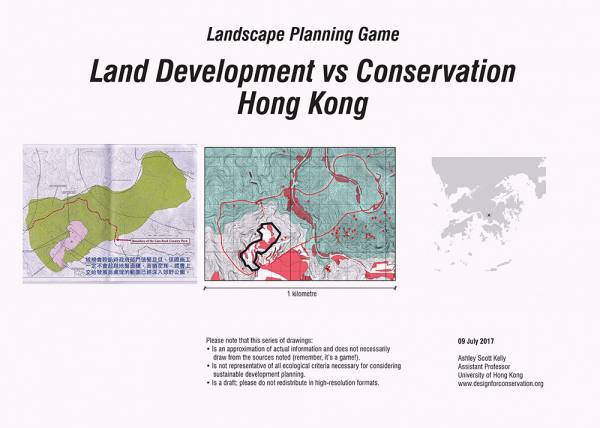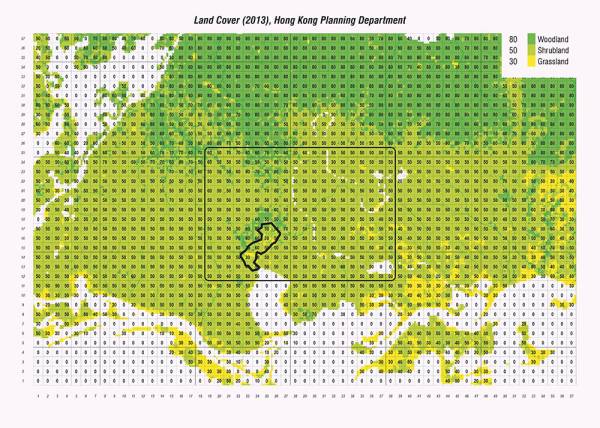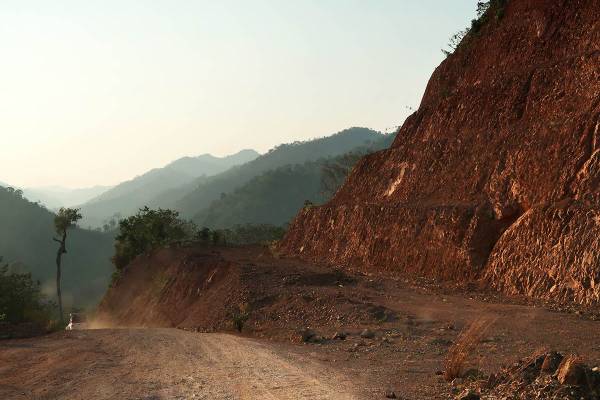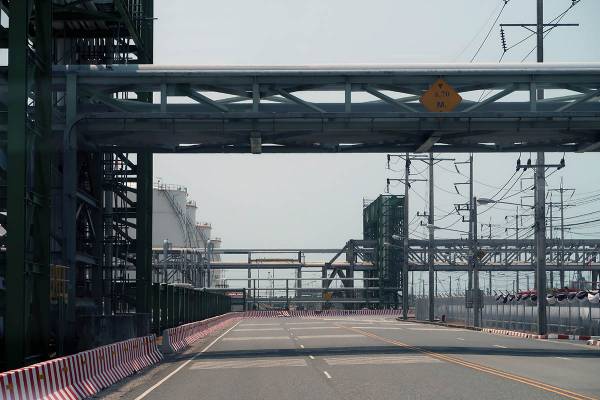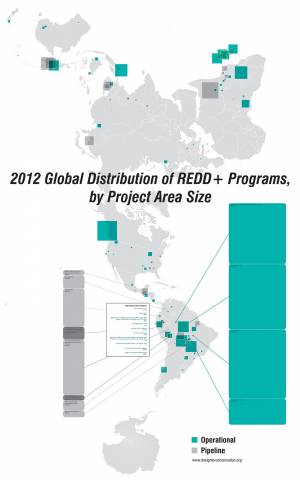The Asian Development Bank (ADB), together with World Wide Fund for Nature (WWF) and Vietnam's Ministry of Natural Resources and Environment, hosted the Forum on Sustainable Infrastructure: Integrating Climate Resilience and Natural Capital into Transport Infrastructure Planning and Design on May 17 and 18 in Hanoi, Vietnam.
During the forum, Ashley Scott Kelly presented innovative ways that design-level considerations can drive sustainable infrastructure planning. His talk, "Infrastructure, Impact and Uncertainty: Scenario-based approaches to upstream design, wildlife connectivity and sustainable construction in transport planning for southern Myanmar", included work on the Dawei Road Link with Dorothy Tang at HKU, WWF, and Smithsonian.
The event convened planners, engineers and climate specialists alongside government ministries, multilateral banks, bilateral aid agencies, infrastructure finance investment firms, NGOs and academia. The forum was divided into five sessions, covering: 1) Designing ecologically sensitive transport infrastructure; 2) Building resilient infrastructure working with nature and bioengineering; 3) Facilitating finance for sustainable infrastructure; 4) Improving options with better planning; and 5) Strengthening the enabling environment.
The forum was attended by high-level officials, including a large delegation from Myanmar: Directors General of the Ministries of Construction and Rail Transportation, and Directors and Deputies from the Ministry of Natural Resources and Environmental Conservation, Highways, Investment, and Transport and Communications. Government ministries also joined from China, India, Sri Lanka, Nepal, Bhutan, Mongolia, Thailand, Cambodia, Lao, and Vietnam. Experts attended from institutions and organizations from across Asia, Europe, Australia, and the Americas.
http://www.gms-eoc.org/events/forum-on-sustainable-infrastructure-






